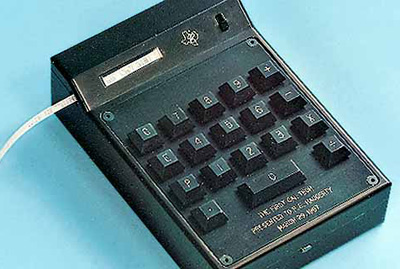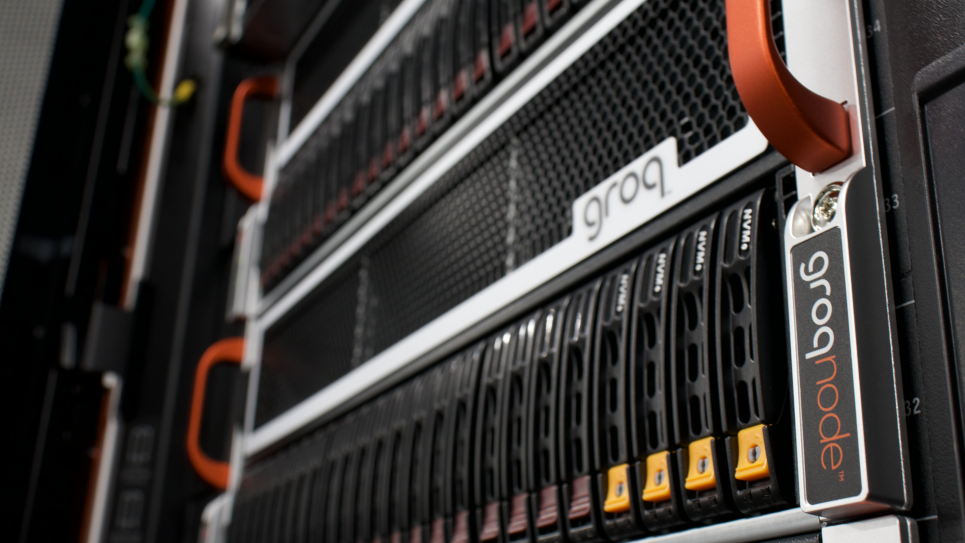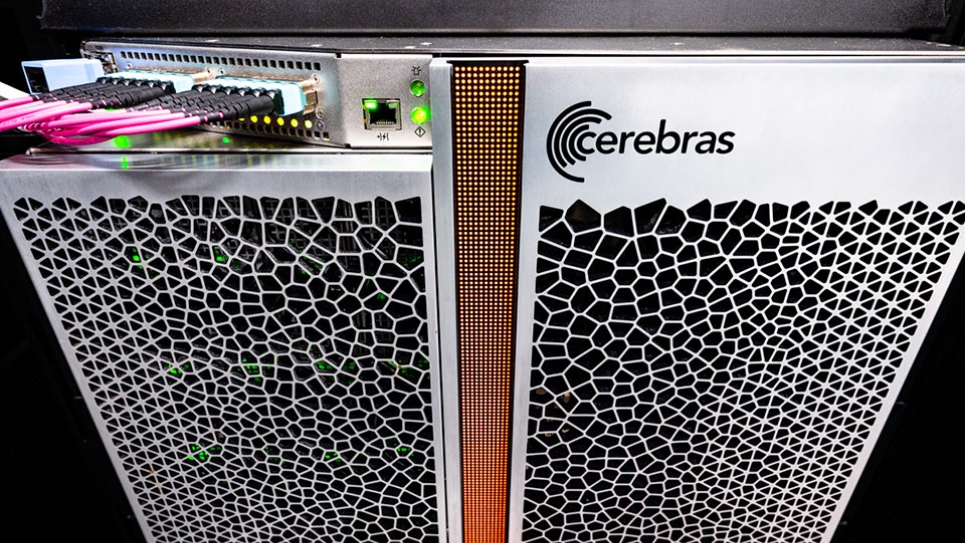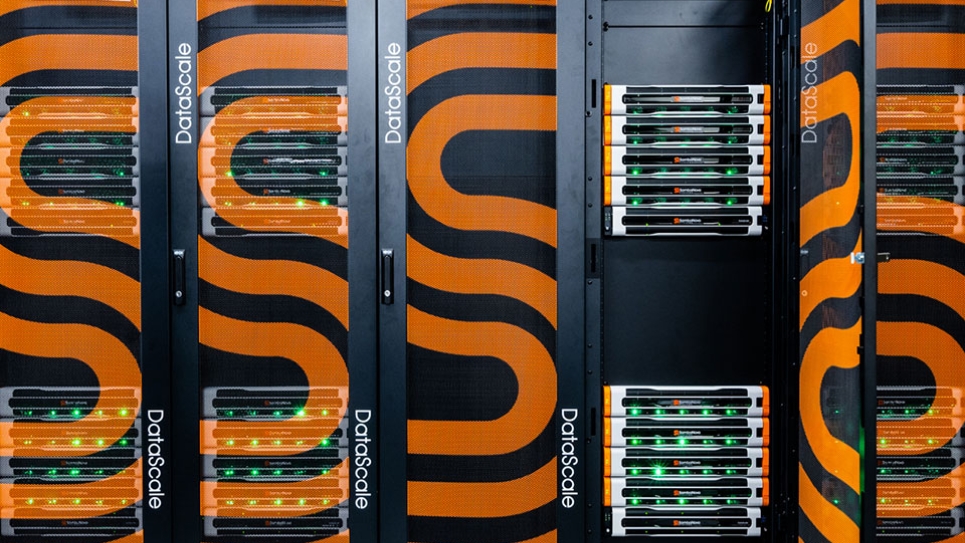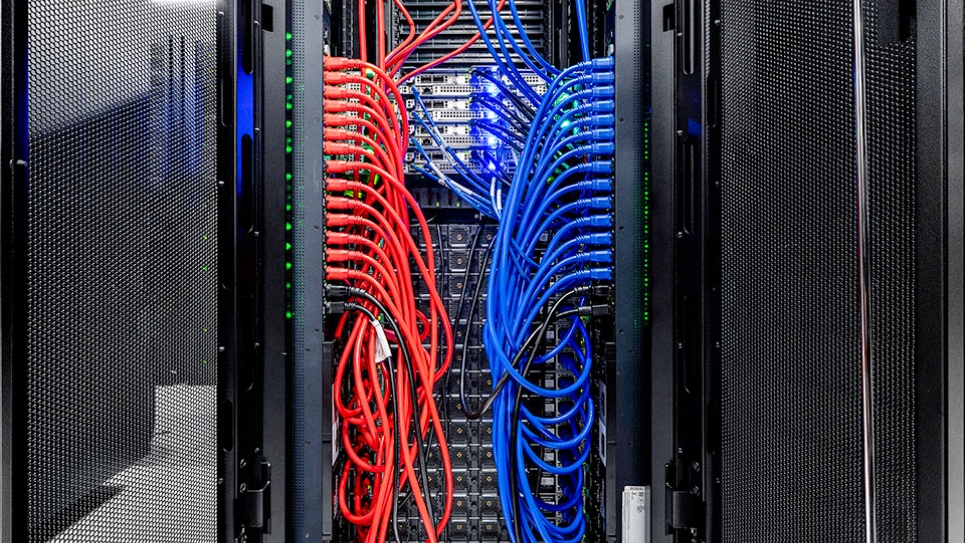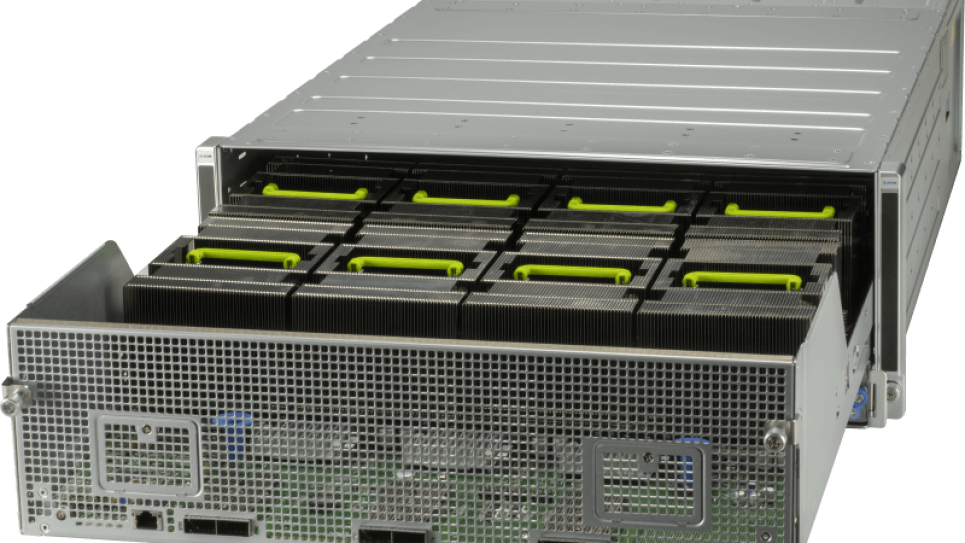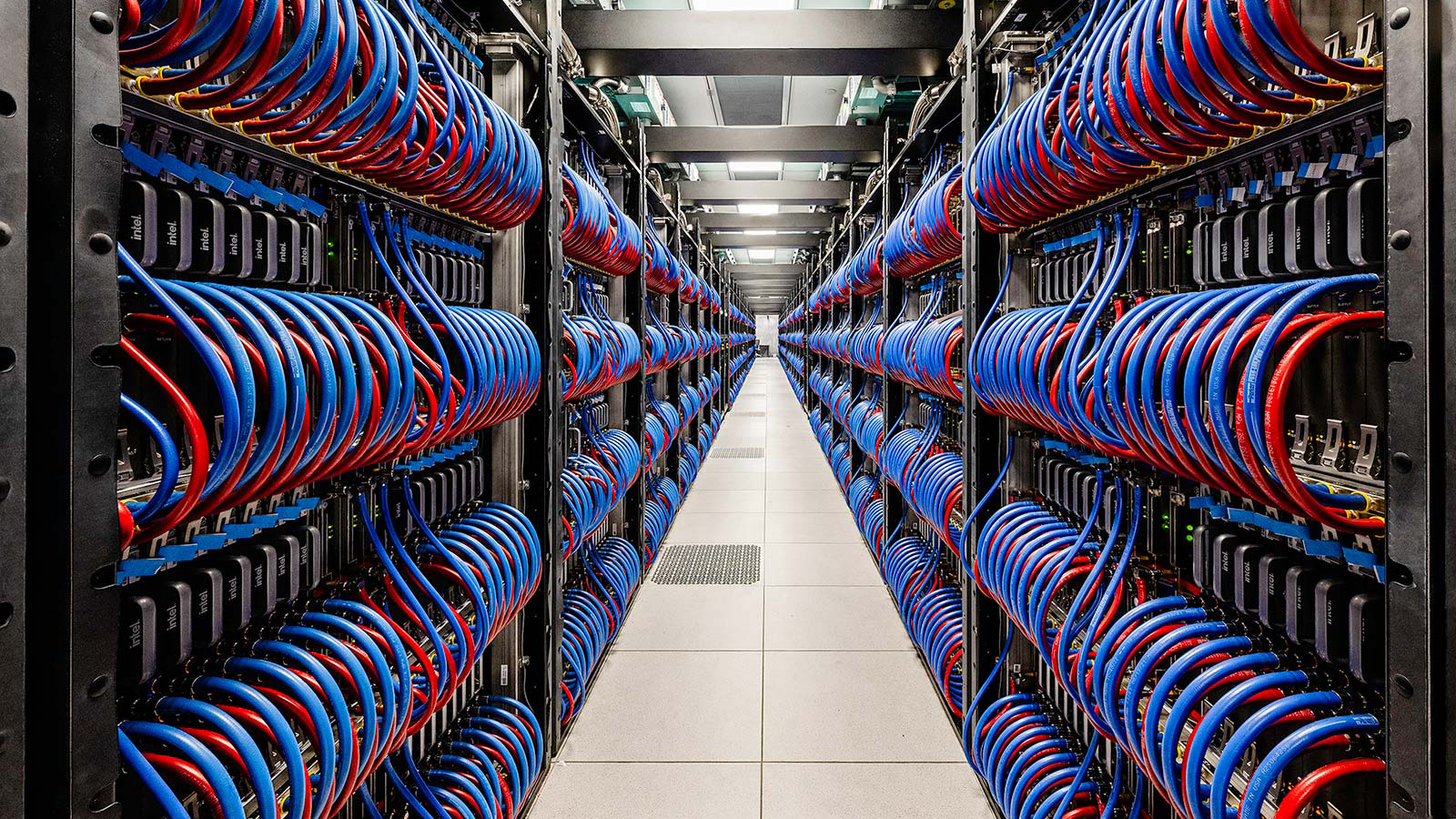The term computer dates back to the 1600s. However, until the 1950s, the term referred almost exclusively to a human who performed computations. For human beings, the task of performing large amounts of computation is one that is laborious, time consuming, and error prone. Thus, the human desire to mechanize arithmetic is an ancient one.
How my daughter calculate addition at home and in school
My daughter has difficulty calculating addition of two numbers. At first, I teached her to use her hands. But there was two issues. It was OK for smaller numbers like, 3+4=7. But when it exceeds 10. My daughter has trouble to do it. The second problem is that, when she trying to count the number of fingers, she likes to use one finger to point. That also confused her. Two weeks ago, I went to the parents day, and saw her using the calculating beads, it was so easy for her to do calculation.She can use the beads to represent the numbers, and she can use her finger only for counting. She was able to do one addition less than 5 seconds. This is the power of ``computer".
Counting rods were used in ancient China for calculation. It was originally used in Divination (占卜). They are typically 3–14 cm (1" to 6") long, made with banboo, placed either horizontally or vertically to represent any integer or rational number.
An abacus is a simple counting device that has been used for centuries in various cultures around the world, including ancient Mesopotamia, Asian, Indian, Persian and still in use today in many parts of the world. It typically consists of a series of rods or wires, each containing movable beads. The beads are manipulated to represent different numerical values, and the abacus is used for basic arithmetic operations such as addition, subtraction, multiplication, and division. It serves as a visual aid to facilitate calculations and is often employed as a teaching tool for learning mathematical concepts. The design and structure of abacuses may vary, but the fundamental principle remains the same across different versions.
The slide rule was invented by William Oughtred in the 1600's. A slide rule is a hand-operated mechanical calculator consisting of slidable rulers for evaluating mathematical operations such as multiplication, division, exponents, roots, logarithms, and trigonometry. It is one of the simplest analog computers. By the early 1900's engineering students in the US were commonly taught to use slide rules.
You can refer to this document on how to use the slide rule.
Pascal's calculator (also known as the arithmetic machine or Pascaline) is a mechanical calculator invented by Blaise Pascal in 1642. Pascal was led to develop a calculator by the laborious arithmetical calculations required by his father's work as the supervisor of taxes in Rouen.[2] He designed the machine to add and subtract two numbers directly and to perform multiplication and division through repeated addition or subtraction.
The Leibniz calculator, also known as the stepped reckoner, was an early mechanical calculator invented by the German mathematician and philosopher Gottfried Wilhelm Leibniz in the late 17th century. Leibniz designed the calculator with the intention of automating arithmetic calculations, making it easier and more efficient than manual methods.
The Leibniz calculator used a stepped drum mechanism, where cylindrical drums with stepped notches were mounted on a common axis. Each notch on the drum represented a digit, and the rotation of the drums allowed for the manipulation of numerical values. Leibniz incorporated a carry mechanism, enabling the calculator to handle addition and carry-over operations automatically.
ENIAC, which stands for Electronic Numerical Integrator and Computer, was the world's first general-purpose electronic digital computer. It was designed and built during World War II to solve complex numerical calculations for the U.S. Army. The development of ENIAC started in 1943 and was completed in 1945 at the University of Pennsylvania.
Size and Structure: ENIAC was massive, occupying a large room with dimensions of about
Electronic Components: It was one of the first machines to use electronic components extensively, employing vacuum tubes for computation. Vacuum tubes were used for amplification and switching functions.
Programming: ENIAC was programmed using a combination of plugboards and switches. The process of reprogramming the machine was time-consuming and required physical rearrangement of cables and settings.
Speed and Performance: ENIAC was significantly faster than previous mechanical computers. It could perform calculations in seconds that would take hours or days with earlier technologies. It can calculate 5000 operations per second.
An electronic calculator is typically a portable electronic device used to perform calculations, ranging from basic arithmetic to complex mathematics.
The first solid-state electronic calculator was created in the early 1960s. Pocket-sized devices became available in the 1970s, especially after the Intel 4004, the first microprocessor, was developed by Intel for the Japanese calculator company Busicom.
In today's world, the computing hardware evolved into a variety of forms, such as laptops, tablets, and phones. The size of hardware is much smaller and smaller, whereas the power of computation is increasing. For example, the MacBook Pro,
Speed of laptops and phones (TFLOPS=$10^{12}$ FLOPS)
- Macbook Pro M2: 3.6 TFLOPs (fp32)
- iPhone 15: 2.15 TFLOPs (fp32)
Moore's Law is an observation and prediction made by Gordon Moore, co-founder of Intel, in 1965. The law states that the number of transistors on a microchip, and therefore the computing power of a semiconductor, tends to double approximately every two years, while the cost of manufacturing decreases. In essence, this implies a rapid and exponential increase in the performance of electronic devices over time.
Quantum computing is a field of computing that utilizes principles from quantum mechanics, a branch of physics that describes the behavior of matter and energy at the smallest scales. Unlike classical computers, which use bits to represent either a 0 or a 1, quantum computers use quantum bits, or qubits.
https://www.alcf.anl.gov/alcf-ai-testbed
The AI Testbed aims to help evaluate the usability and performance of machine learning-based high-performance computing applications running on these accelerators. The goal is to better understand how to integrate with existing and upcoming supercomputers at the facility to accelerate science insights.
We are currently offering allocations on our Groq, Graphcore Bow IPUs, Cerebras CS-2, and SambaNova DataScale systems.
Supercomputers are designed by connecting massive amount of CPUs and GPUs together.
The need for supercomputers
Training large language model is very expensive. There is a need to train language
History of supercomputers
Science enabled by supercomputing: https://www.alcf.anl.gov/science











